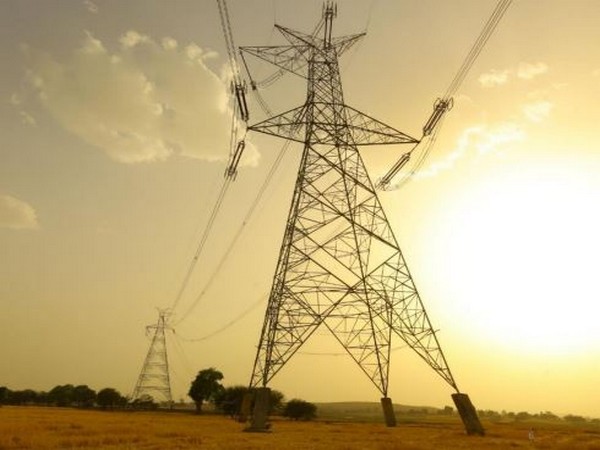Pakistan faces severe energy crisis: ADB report
Islamabad [Pakistan], December 25 (ANI): Major issues with Pakistan’s energy sector were highlighted by the Asian Development Bank (ADB) in its Central Asia Regional Economic Cooperation (CAREC) ENERGY OUTLOOK 2030, Geo News reported.

Geo News cited the CAREC report which said that country’s population grows at 2 percent per annum which increases the stress on the industry. The report also mentioned that a quarter of the population still does not have access to power.
The CAREC report by ADB said that if the country wants to unlock its energy market for private players there are some issues that need to be addressed. The country needs to properly classify and categorize its energy types.
For example, although hydropower is generally considered a renewable energy resource across the world, the Alternative and Renewable Energy Policy has categorized hydropower sources as non-renewables.
Considering the 30% renewable energy target in 2030, it would be hardly possible to reach this level only via wind and solar PV sources. If hydropower were to be included in the definition of renewable energy sources, it would make reaching the stated target and introducing stronger competition more realistic, Geo News reported.
The power generation and the energy efficiency sector need the most significant investments owing to the rapidly growing demand and low baseline efficiency. In all three scenarios, the largest investments are needed for the development of the country’s hydropower capacity, ranging from $11 billion to $26 billion.
Investment needs for wind and solar energy are expected to reach nearly $12 billion in the business-as-usual scenario, $36 billion in the government commitments scenario, and $57 billion in the green growth scenario, which illustrates the country’s ambitious plans for harnessing its large renewable energy potential.
Furthermore, according to the country’s nuclear power generation targets, investments for nuclear facility expansion and rehabilitation total nearly $12 billion in the business-as-usual scenario, $21 billion in the government commitments scenario, and $31 billion in the green growth scenario.
The country’s lack of a detailed energy plan is also a major issue according to the CAREC report. Although, there is the existence of the National Energy Policy already approved the county still lacks the specifications related to the roles of policymakers and all the other relevant stakeholders had not been completely defined by the country’s authorities.
According to Geo News which cited the CAREC report that said that the country is concentrating on power generation too strongly due to which the Transmission and Distribution (T&D) of power suffers. This has resulted in one of the highest transmission losses in the region. The losses of some energy companies reach 38 percent in transmission loss.
Although there is the existence of a Transmission Line Policy to attract private investments a centralized energy plan will make sure that in the long run, things run in the right direction, according to the Geo News report.
Another challenge stems from the country’s electrification rate, with more than 25 % of the population having no access to electricity. With an increase in rural electrification, demand will increase significantly, putting more strain on distribution companies and generation. Finally, challenges in the T&D sector are reinforced by the issue of circular debt, according to the CAREC report.
In April this year, an acute energy crisis in Pakistan worsened prolonged power outages in the country, as small business owners struggle to continue work in the face of soaring temperatures, reported local media.
several parts of Pakistan witnessed extreme power cuts for long durations, disrupting daily life and businesses. While urban centers experienced load sheddings up to 6 to 10 hours, rural regions fell prey to power outages lasting approximately 18 hours a day
Shortage of fuels and gas, accompanied by a dramatic drop in power generation by thermal plants owing to the imbalance in demand and supply has led to this disaster. A shortfall of about 6,000 to 7,000MW has been reported.
Residents of the capital and garrison city are frustrated over the long hours of power cuts, especially during the holy month of Ramazan. According to small business owners, the long power cuts are interfering with their work.




